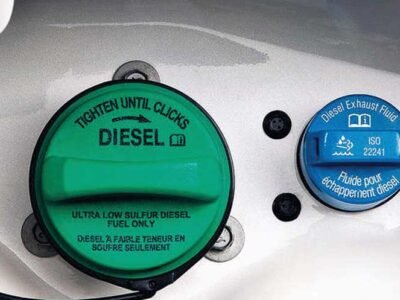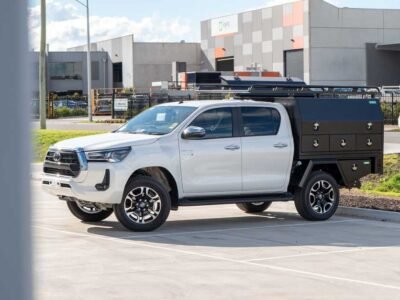Most people learn to drive in good weather, but there may be occasions when they will find themselves on the road during adverse weather conditions. Whether it is rain, snow, ice, or fog, the roads can get instantly dangerous, increasing the risk of drivers getting into an accident. That’s why it is important that all motorists practice safety while driving so they can prevent the occurrence of unfortunate events.
In general, the best way to avoid driving in poor weather conditions is to postpone your trip. However, as this may not always be possible, there are several precautions you can practice while driving to help you get to your destination safe and sound. Here is a brief list of five of them.
Photo by Ryan Porter from Unsplash
Perform a pre-trip inspection
Whether you are driving a car, a motorcycle, or an 18-wheeler, it is strongly advised that you perform a pre-trip inspection. This involves ensuring that all of your equipment is in working order so you can hit the road with a fully functioning vehicle.
For example, if you are driving a truck, make sure you check your headlights to see if they are all working fine so you can be easily visible to other vehicles on the road. For optimal safety, you might want to consider installing a low profile amber light bar to offer better visibility in bad weather.
Other equipment you should inspect includes your windshield wipers, tires, and brakes.
Drive slowly
No matter what kind of bad weather conditions you encounter on the road, it is paramount that you drive slowly. This will significantly reduce the likelihood of accidents as you will be able to hit the brakes in a timely manner if you come close to another vehicle.
If you are driving on the highway, there are usually signs that indicate the maximum speed for all kinds of weather and road conditions. Make sure you pay attention to these signs and adhere to the rules so you will avoid getting into accidents. Following the appropriate driving speed will also protect you from paying fines.
Leave room in front
Another safety precaution you should practice when driving during adverse weather conditions is to give yourself space. This means leaving enough room in front of you so you don’t crash into another vehicle. According to the National Security Council, you should leave at least a three-second following distance so both you and the other passengers and vehicles can stay safe on the road.
Also, make sure you leave enough space when driving close to the edge of the road so you don’t hit any roadblocks or get off the road accidentally.
Pull over if you need to
One common mistake many drivers make when driving in poor weather conditions is that they continue driving without stopping. However, if the weather is really stormy, rainy, snowy, foggy, or icy, it is best that you pull over to the side of the ride and wait for the bad weather to pass. Just make sure you aren’t pulling over into a deep puddle or snow bank because it may be harder to get your vehicle out.
Also, if the weather is particularly inclement, you might want to consider finding a shelter nearby where you can stay safe and dry until the bad spell passes.
Plan ahead
The weather can be quite unpredictable, but that doesn’t mean you can’t plan your trip ahead of time so you can be prepared in case you are challenged with poor weather conditions.
For example, make sure you always check the weather channels before your trip to see if any potential weather hazards are expected on the roads. You can even turn on the notification settings on your phone to get alerts of a possible storm coming your way.
If it’s possible, search for an alternate route to avoid adverse weather conditions. It may take you longer to get to your final destination, but you will stay safe on the road.
Photo by Remi Jacquaint from Unsplash
Final thoughts
Because bad weather and poor driving conditions are common, it is important that drivers practice safe driving techniques and stay alert while on the road. This will protect them from getting into an accident and reduce the risk of severe and fatal consequences.
For more information, refer to our post and follow the tips on how to improve safety when driving during adverse weather conditions.












